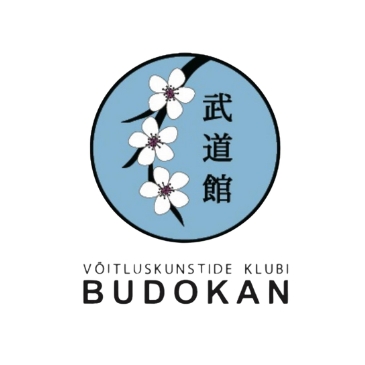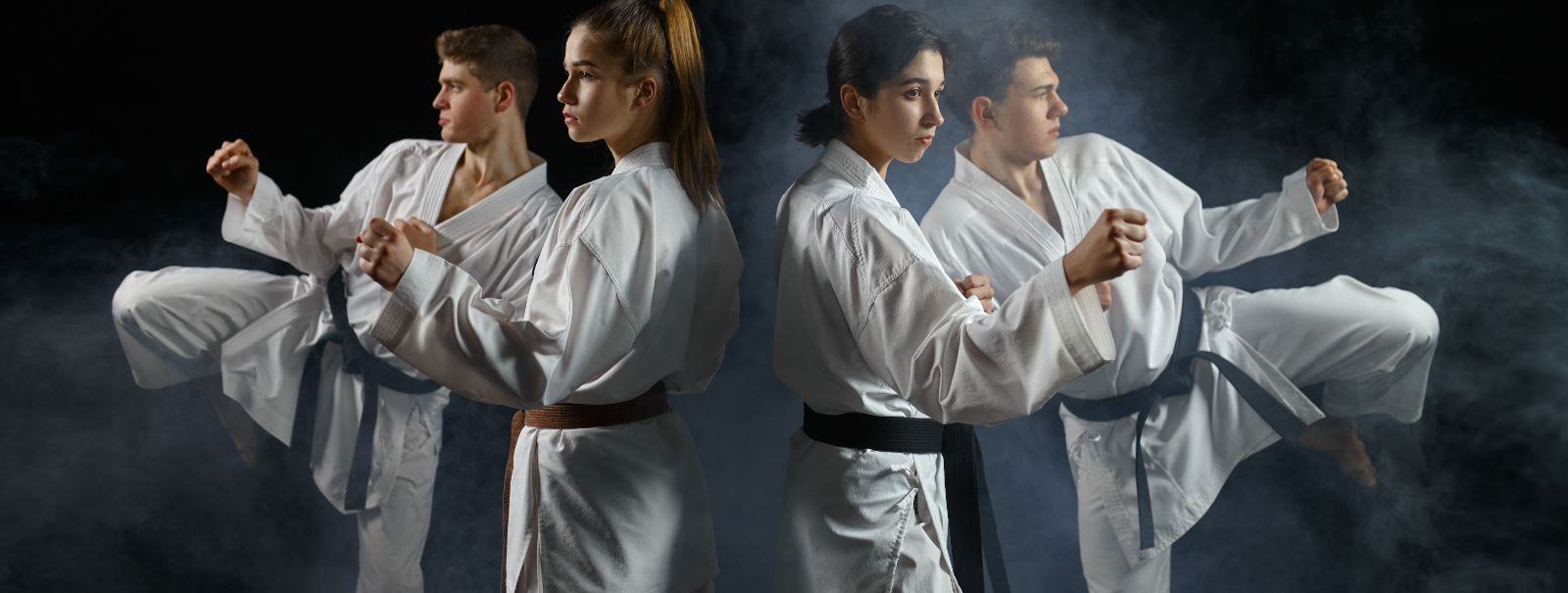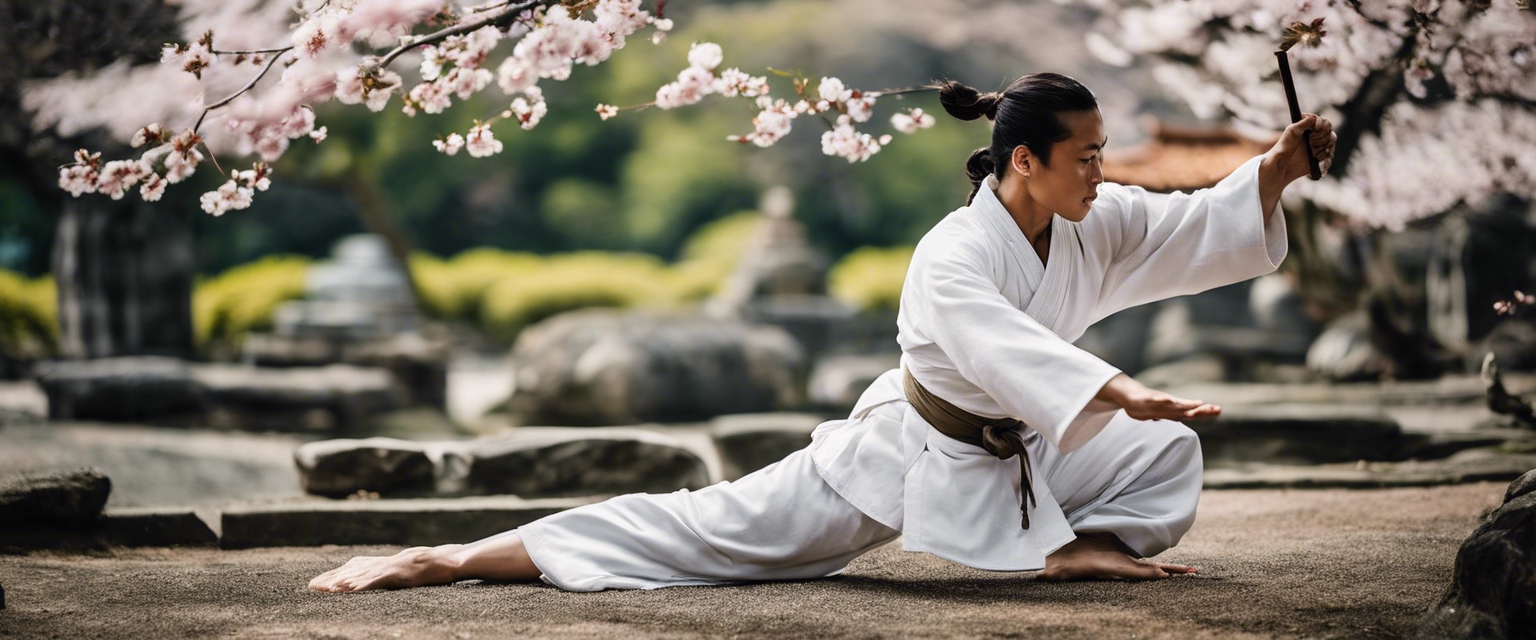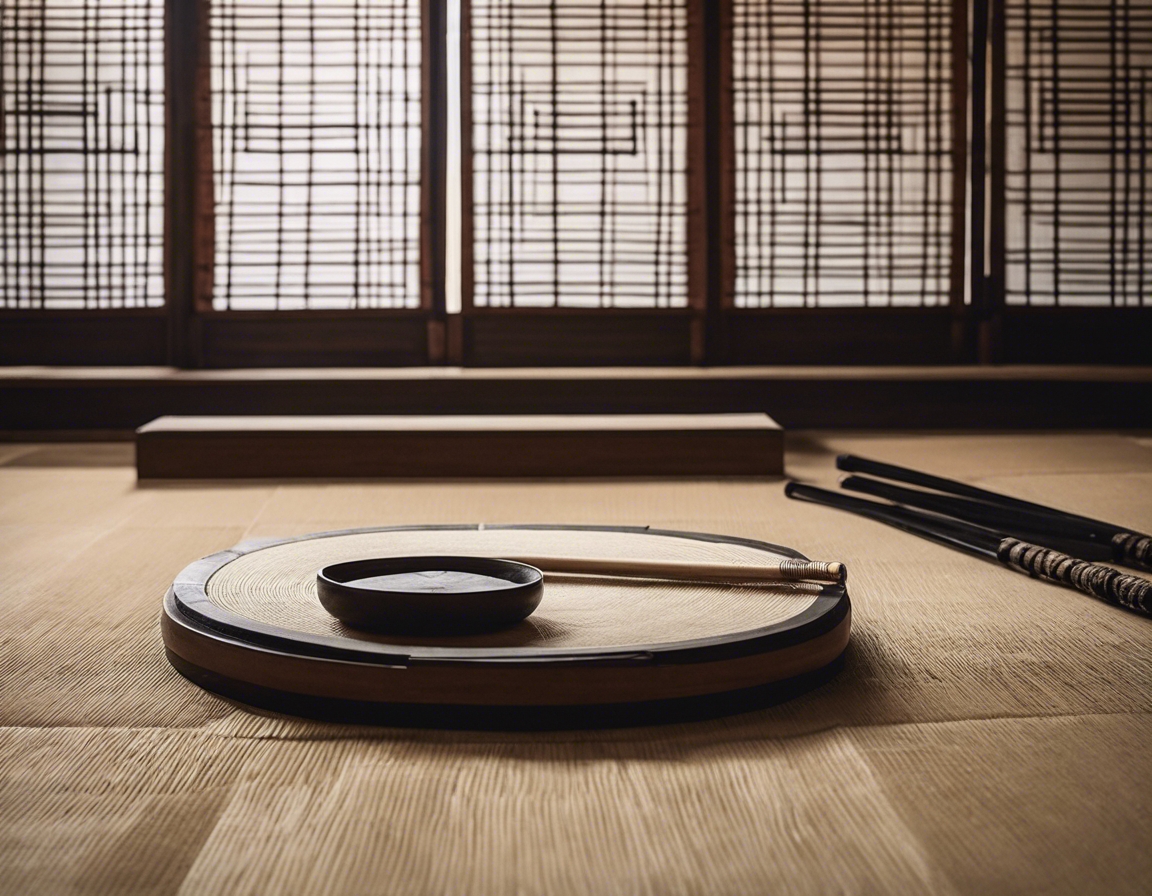Karate vs. kobudo: understanding the differences
Martial arts encompass a broad range of practices that involve physical exercise, combat techniques, mental discipline, and sometimes a philosophical approach to life. They are not only a means of self-defense but also a way of life for many practitioners.
Engaging in martial arts can offer numerous benefits, including improved physical fitness, mental clarity, self-confidence, discipline, and respect for others. For children and young adults, martial arts can be particularly beneficial in fostering growth and development in these areas.
Exploring Karate
Karate is a striking art that originated in the Ryukyu Kingdom, which is now part of modern-day Japan. It developed from indigenous fighting methods called 'te' and was influenced by Chinese kung fu. Karate became popular worldwide after World War II.
Karate focuses on punching, kicking, knee strikes, elbow strikes, and open-hand techniques such as knife-hands (shuto). Kata, or forms, are prearranged sequences of movements that simulate combat against multiple opponents and are central to karate training.
Today, karate is practiced for self-defense, as a sport, and as a way to maintain physical and mental health. It has been included in many school programs around the world and is set to make its Olympic debut.
Delving into Kobudo
Kobudo is a term that refers to the classical weapon systems of Okinawan martial arts. Like karate, kobudo originated in the Ryukyu Islands, but it focuses on weapon use rather than unarmed combat.
Common weapons in kobudo include the bo (staff), sai (dagger-shaped truncheon), tonfa (handled club), nunchaku (flail), and kama (sickle). Training involves learning katas and drills that teach the dynamics of the weapons and how to apply them in self-defense.
Although less widespread than karate, kobudo is still practiced by martial arts enthusiasts who appreciate the historical and cultural aspects of weapon training.
Comparing Karate and Kobudo
While both karate and kobudo share a common heritage, they differ in philosophy. Karate often emphasizes the development of the individual and self-improvement, whereas kobudo places a greater emphasis on the preservation of historical techniques and traditions.
The technical focus of karate is on unarmed techniques, while kobudo is centered around the mastery of traditional weapons. This leads to different training methods and applications of the martial arts.
Training in karate typically involves kihon (basics), kata (forms), and kumite (sparring), focusing on speed, power, and precision. Kobudo training, on the other hand, requires mastering the intricacies of each weapon, along with the movements and strategies for their use.
Choosing Between Karate and Kobudo
When choosing between karate and kobudo, beginners should consider their interests, physical abilities, and goals. Both arts offer unique challenges and rewards, and it's often possible to train in both.
Both karate and kobudo provide excellent physical exercise and can improve coordination, balance, and strength. They also offer mental benefits such as increased focus, discipline, and perseverance.
Getting started in either karate or kobudo involves finding a reputable dojo, such as VÕITLUSKUNSTIDE KLUBI BUDOKAN MTÜ, and beginning with basic classes. With dedication and practice, students can progress through the ranks and deepen their understanding of these martial arts.








Comments (0)